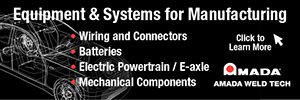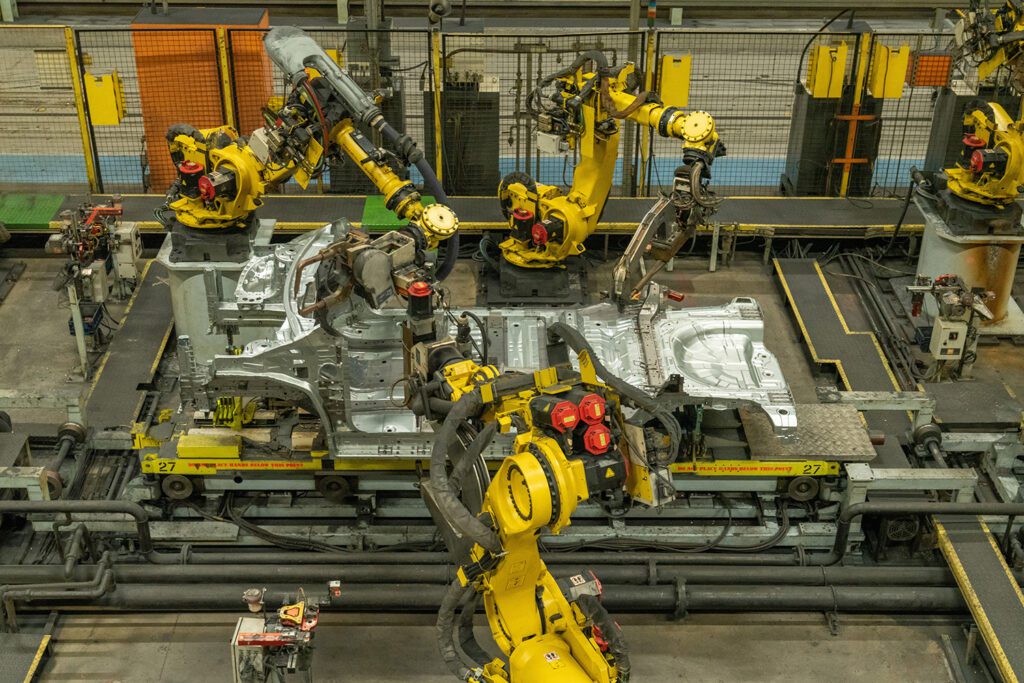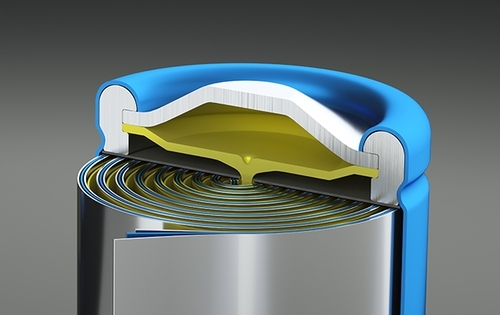Electric vehicles produce far lower greenhouse gas emissions over their lifecycles than legacy vehicles, and this fact has been demonstrated by dozens of studies over the past decade (regardless of what you might read on Facebook). EVs are also expected to deliver benefits in terms of human health, but this has not been extensively studied.
Now a team of researchers from the Keck School of Medicine of USC have begun to document the actual respiratory impact of EV adoption in a study that uses real-world data to link electric cars, air pollution and health.
The researchers used publicly available datasets to analyze the “natural experiment” occurring in California as residents in the state rapidly transition to EVs. They detail their findings in “California’s early transition to electric vehicles: Observed health and air quality co-benefits,” published in the journal Science of the Total Environment.
The team compared data on total ZEV registrations, air pollution levels and asthma-related emergency room visits across the state between 2013 to 2019. They found that, as ZEV adoption increased within a given zip code, local air pollution levels and emergency room visits dropped.
“When we think about the actions related to climate change, often it’s on a global level,” said study co-author Erika Garcia, an assistant professor at the Keck School of Medicine. “But the idea that changes being made at the local level can improve the health of your own community could be a powerful message to the public and to policy makers.”
To study the effects of EV adoption, the research team compared four different data sets. First, they obtained data on ZEV sales (including BEV, PHEV and fuel cell cars) from the California DMV and tabulated the total number registered in each zip code for every year between 2013 and 2019. They also included data from EPA air monitoring sites on levels of nitrogen dioxide, an air pollutant related to traffic, and zip code-level asthma-related visits to the emergency room. Finally, they calculated the percentage of adults in each zip code who held bachelor’s degrees, in order to assess a neighborhood’s socioeconomic status.
On average, the number of ZEVs in the region studied increased from 1.4 to 14.6 per 1,000 people between 2013 and 2019. At the zip code level, for every additional 20 ZEVs per 1,000 people, the team found a 3.2% drop in the rate of asthma-related emergency visits and a small but suggestive reduction in NO2 levels.
ZEV adoption was significantly lower in zip codes with lower levels of educational attainment. Past research has shown that underserved communities, such as lower-income neighborhoods, tend to face worse pollution and associated respiratory problems than more affluent areas. Thus, replacing fossil-powered cars with ZEVs in those neighborhoods could deliver outsize health benefits.
“Should continuing research support our findings, we want to make sure that those communities that are overburdened with the traffic-related air pollution are truly benefiting from this climate mitigation effort,” Garcia said.
Source: Keck School of Medicine via CleanTechnica









































































































